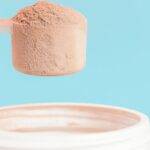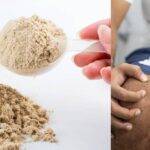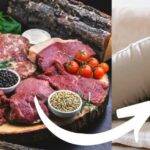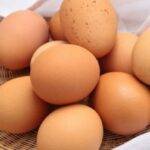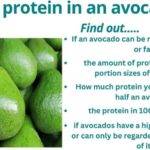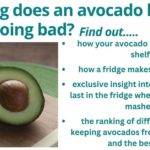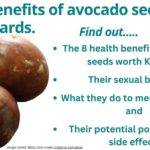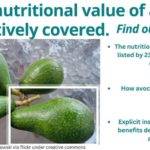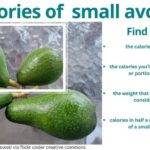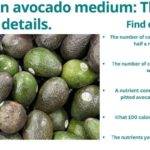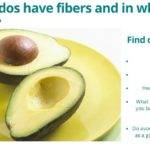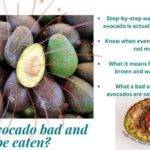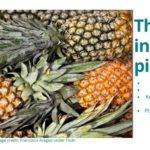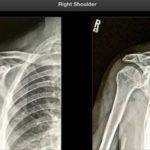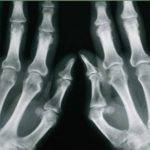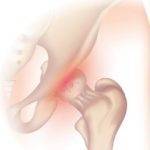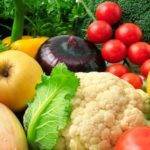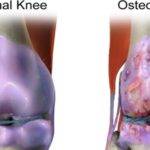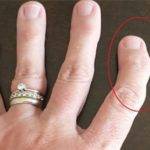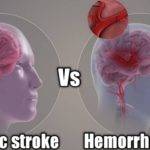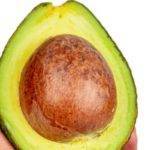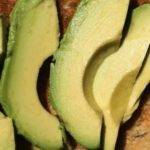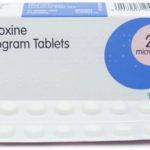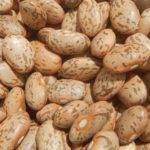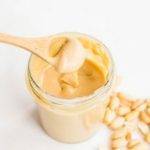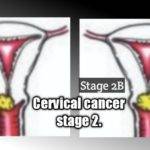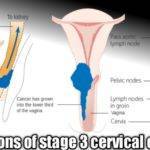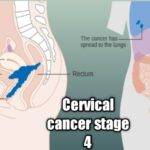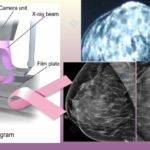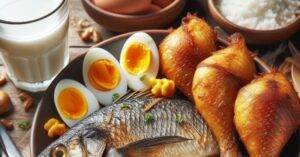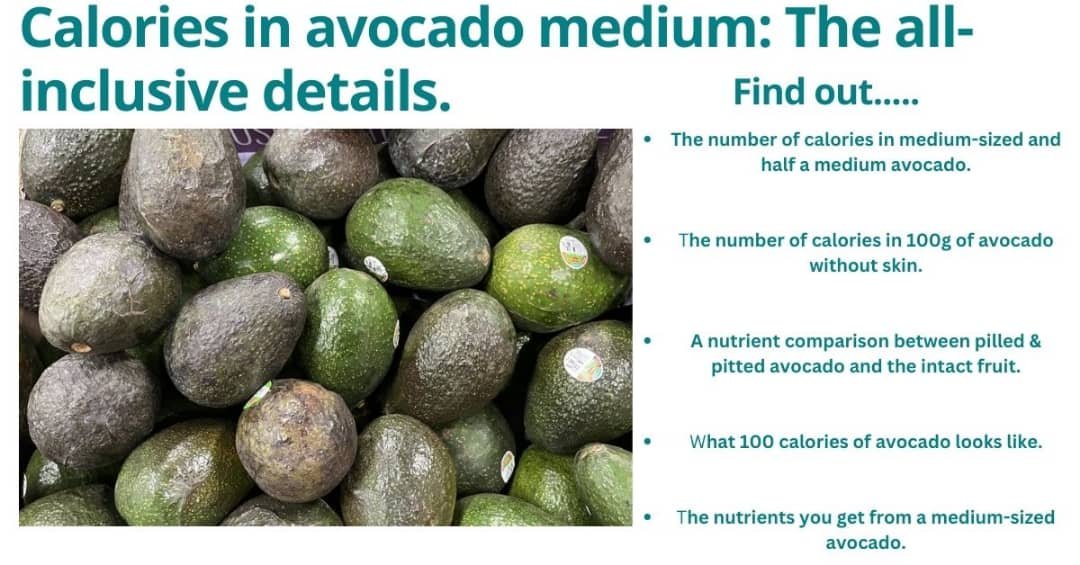
Table of Contents
A medium-sized avocado contains 240 kilocalories (240 calories for short), which is the equivalent of 1004 kilojoules of energy. Other important nutrients you should expect are 3g of protein, 22g of total, mostly healthy, fat, 10g of dietary fiber, 10.5mg of sodium, 15mg of vitamin C, 21.3mg of choline, etc. (source)
Avocados are calorie-dense foods. A study has shown they contain about 250% more calories than any other fruit. However, these calories are mostly from healthy unsaturated fatty acids rather than carbs. Avocados are low in carbs which makes them a healthy choice for low-carb diets for diabetics as covered in our previous article.
The size of the avocado correlates with the amount of calories you should expect. A medium-sized avocado typically weighs 150g. A Larger-sized avocado weighing 201g will give you about 322 calories according to the Department of Agriculture (USDA).
Keep in touch by signing up for our newsletter:
Calories in half a medium avocado.
This is a no-brainer, since a full medium-sized avocado gives you about 240 calories, and half of the fruit should give you 120 calories. The smaller the serving size the fewer calories you could derive from it.
Every other nutrient you’ll expect from half a medium-sized avocado will be approximately half of what you get from the whole fruit. For instance, expect to get 5g of dietary fiber as highlighted in an earlier article, and 11g of total dietary fats as discussed in a previous article.
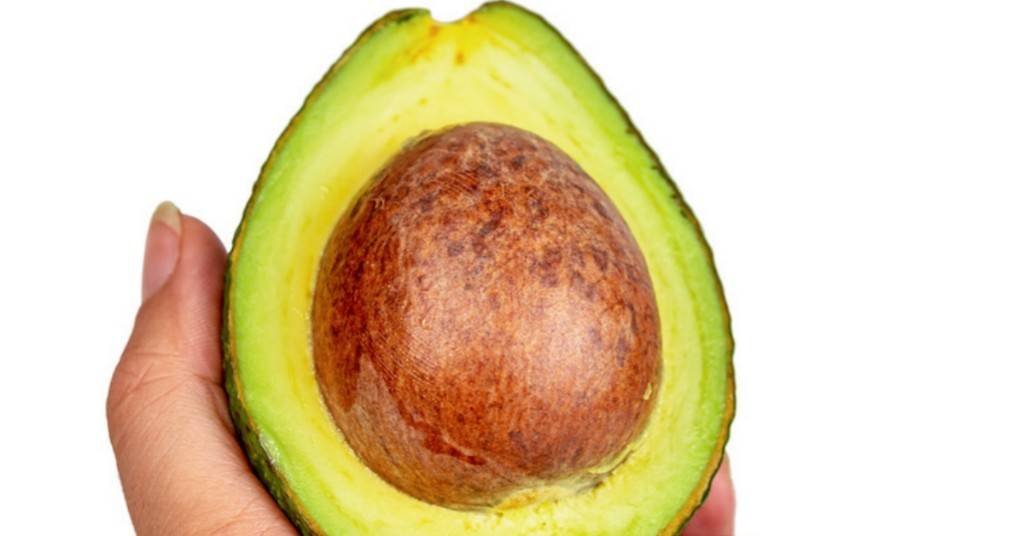
Credit: Flickr under CC
Calories in 100g avocado without skin.
100g of peeled avocado without the skin will typically give you about 160 calories, 15g of mostly unsaturated fats, 2g of protein, and just 9g of carbs.
However, a full-sized avocado without the skin and seed weighing 136g offers you 227 calories or 948 kilojoules of energy, 20.9g of total fats, 9.25g of dietary fiber, 2.67g of plant protein, 11.8g of carbs, and 10.9g of sodium, among other nutrients as published by the US Department of Agriculture (USDA).
When you compare this to the nutrients offered by a whole fruit with its skin and seed still present, you’ll find that a significant part of the overall nutrient is contained in those removed parts. Table 1 below highlights that point.
| Nutrient | 1 intact whole avocado of 150g | A peeled avocado without seed weighing 136g |
|---|---|---|
| Calories | 240kcal(240cal for short) | 227kcal(227cal for short) |
| Total fats | 22g | 20.9g |
| Dietary fibers | 10g | 9.25g |
| Carbohydrates | 12.8g | 11.8g |
| Protein | 3g | 2.67g |
Calories in 1g avocado.
There are two considerations to this with slightly different figures. The first is 1g of a whole avocado and then there is 1g of an avocado flesh. It’s important to make this distinction because when quoting the nutrition data for avocados we put the size or weight into consideration.
Calories in 1g of a whole avocado.
1g avocado contains 1.6 calories, 0.147g of total fat, 0.067g of dietary fiber, 0.085g of carbs, and 0.02g of protein. The calorie content is usually given as 2 calories which is a good approximation.
It is worth noting that 1g of avocado is 1/50th of a serving size so doesn’t provide substantial nutrients. It is not expected anyone will be eating 1g of avocado and still derive much of the many health benefits inherent in the fruit.
Calories in 1g of a pitted and peeled avocado.
1g of a peeled and pitted avocado fruit contains 1.67 calories of energy, 0.154g of total fats, 0.068g of dietary fiber, 0.087g of carbs, and 0.02g of plant protein.
Apart from the number of calories and proteins, if you present the amount of all other nutrients in 2 decimal places the figures will all be the same. I had to present them in 3 decimal places to show the subtle but negligible differences between them. The table below presents the figures side by side for comparison.
| Nutrient | Amount in 1g of an intact whole avocado. | Amount in 1g of a peeled and pitted avocado. |
|---|---|---|
| Calories | 1.60cal | 1.67g |
| Total fats | 0.147g | 0.154g |
| Dietary fats | 0.067g | 0.068g |
| Carbohydrates | 0.085g | 0.087g |
| Protein | 0.02g | 0.02g |
What does 100 calories of avocado look like?
Depending on the size of the avocado, 100 calories of avocado looks like eating 1/3rd of a large fruit weighing 201g or 2/5 of a medium-sized fruit that weighs 150g. This figure represents about 5% of your daily calorie requirement for the day if you are female and 4% if you are male.
For large fruit, eating 100 calories will be accompanied by approximately 9.8g of total fat, 4.5g of dietary fiber, 1.34g of protein, and 5.7g of carbs. On the other hand, eating 100 calories of a medium-sized avocado will be accompanied by 4.4g of fats, 2g of dietary fiber, 0.6g of protein, and 2.56g of carbs.
Medium avocado nutrition facts.
Avocado consumption offers numerous benefits. You may look up the list of the health benefits of avocados in a previous article.
They are also known to have cosmetic properties as well. (source) These benefits were made possible by the nutrient composition of the fruit. Below is a table showing the amount of some selected nutrients in a 150g avocado pear.
| Nutrient | Amount |
|---|---|
| Water | 110g |
| Energy | 240kcal (240cal for short) |
| Protein | 3g |
| Total fat | 22g |
| carbs | 12.8g |
| Total dietary fiber | 22g |
| Sodium | 10.5mg |
| Vitamin C | 15mg |
| Vitamin A | 10.5µg |
| Lutein + Zeaxanthin | 406µg |
| Vitamin E | 3.1mg |
| Vitamin K | 31.5µg |
| Total Saturated fats | 3.19g |
| Total Monounsaturated fats | 14.7g |
| Total Polyunsaturated fats | 2.72g |
The listed nutrients are not all there are. You may see the full list by visiting the Department of Agriculture’s nutrient data on avocados.
I hope this piece answers all your questions about the calories in a medium-sized avocado. If it does, kindly share to inform others and subscribe to our newsletter to stay informed. You may use the comment section to ask anything you are still not clear about or send us an email and we’ll respond to you as soon as possible.






